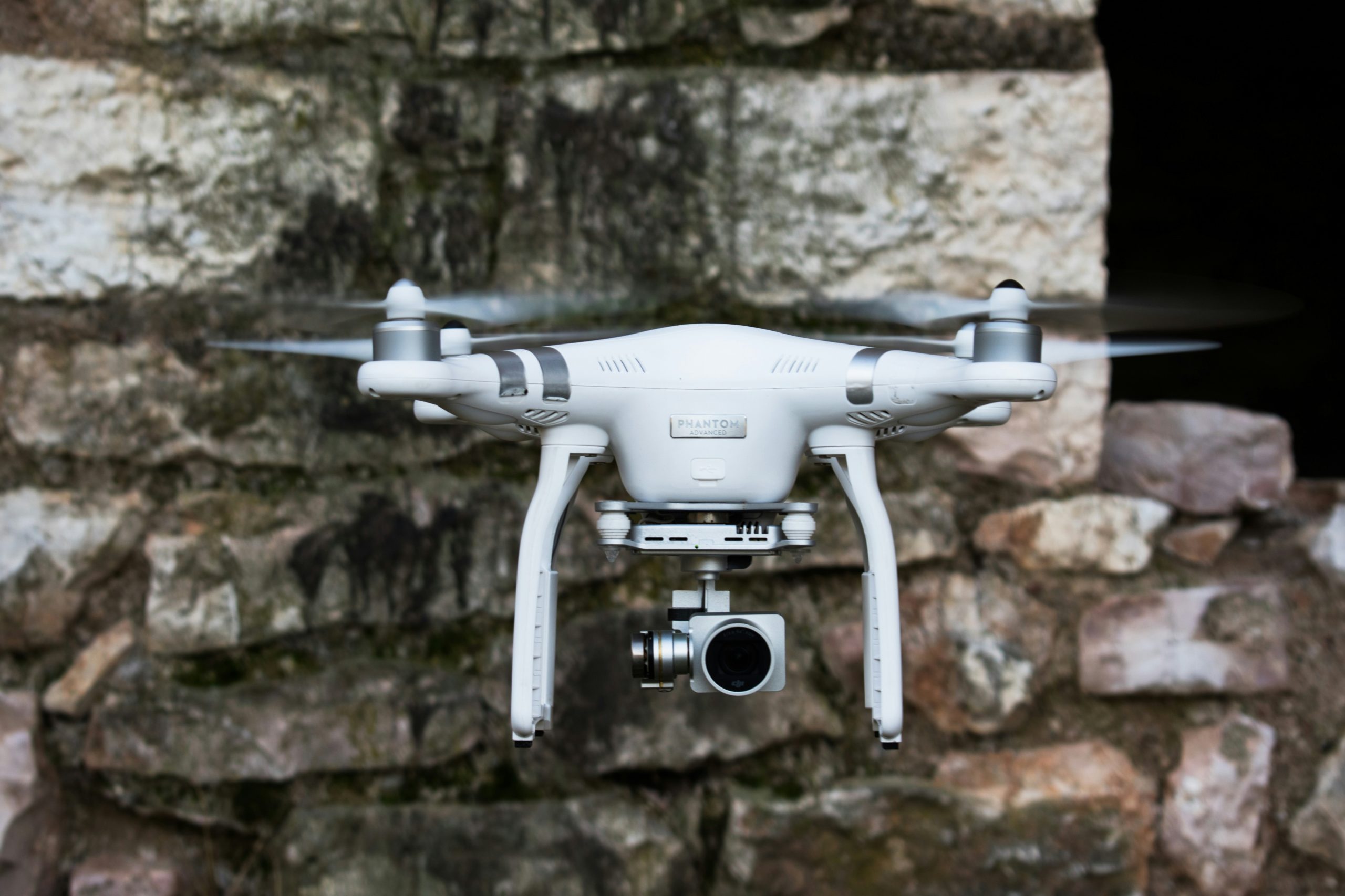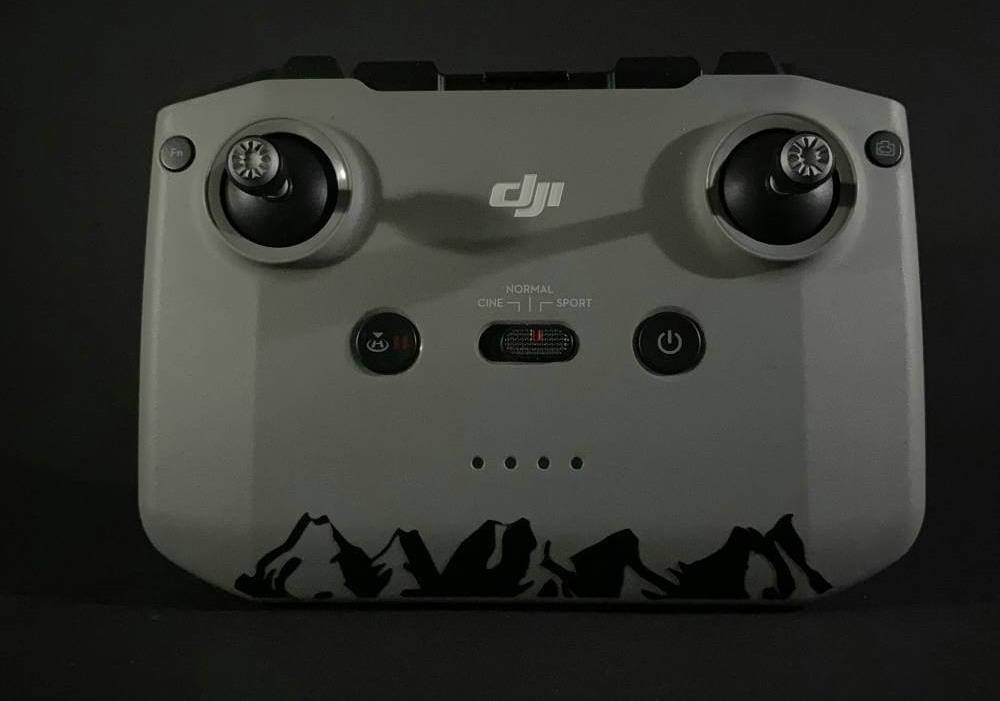You recently got the DJI Mini 3, which includes the basic kit with the regular controller, one battery, and the essentials, all for under $400. That’s a great deal, especially considering the DJI Mini 3 typically retails for $469 with the RC-N1 controller (without a screen). But now you’re wondering: without obstacle sensors, am I setting myself up for failure?
You also have the option to exchange it and pay the difference for a DJI Mini 3 Pro Bundle, which includes three batteries, the standard controller, a charging hub, and a MicroSD card, all for $700 on sale. The question is: is it worth the upgrade? Or is it too much for someone just starting out with drones?
To add to the confusion, the Mini 4 Pro has been out for three months and is priced similarly to the Mini 3 Pro. With Black Friday and Christmas sales offering great deals, it’s understandable that you’re second-guessing this purchase.
My guide comparing the Mini 3 vs. Mini 3 Pro will help you decide if the upgrade is worth it, answering your first set of questions. Additionally, my DJI Mini 3 vs. Mini 4 Pro vs. Mini 3 Pro comparison addresses the price similarities between these models.
Mini 4 Pro vs. DJI Mini 3 vs. Mini 3 Pro: how to choose
You’re debating between the three drones: the DJI Mini 4 Pro, Mini 3, and Mini 3 Pro. So, let me lay out a quick comparison table here:
| DJI Mini 4 Pro | DJI Mini 3 | DJI Mini 3 Pro | |
| $759 | 379 with no RC) | $759 | |
| Wide Angle Camera | 1/1.3 inch CMOS, 48 MP, 24mm, f1.7 | 1/1.3 inch CMOS, 48 MP, 24mm, f1.7 | 1/1.3 inch CMOS, 48 MP, 24mm, f1.7 |
| Transmission System | O4 | O2 | O3 |
| Takeoff Weight | 249g | 249g | 249g |
| Max Transmission Distance | 20 km | 10 km | 12 km |
| Obstacle Avoidance Tech | APAS 5.0 | N/A | APAS 4.0 |
| Obstacle Sensors | Omnidirectional Obstacle Sensing | Downward Vision Sensing | Tri-Directional Obstance Sensing |
| Max Fight Time (Intelligent battery) | 45 minutes | 51 minutes | 47 minutes |
| Video Resolution | 4K/100fps | 4K/30fps | 4K/60fps |
| Max Flight Time (standard battery) | 34 minutes | 38 minutes | 34 minutes |
The Significance of Obstacle Sensors
Obstacle sensors are critical in drone safety and ease of use, especially for new or less experienced pilots. These sensors detect obstacles in the drone’s path and help prevent collisions, ensuring a smoother and safer flying experience.
Drones without obstacle sensors, like the DJI Mini 3, rely solely on a downward vision sensing system that aids in landing but doesn’t protect against crashes. While this is acceptable for a budget-friendly drone, it leaves room for human error.
The “Pro” models, however, offer a significant upgrade. The Mini 3 Pro features Tri-Directional Obstacle Sensing, which covers forward, backward, and downward vision. So, if you’re flying toward a tree, the drone will stop and hover to prevent a crash.
The Mini 4 Pro goes a step further with Omnidirectional Obstacle Sensing, meaning it can detect obstacles in all directions with no blind spots, essentially making it crash-proof.
Your actual decision is as follows: How significant is obstacle sensing to you? Is it worth an extra $300? This comes down to how significant $300 is to your budget and how cautious you are when flying.
To be clear, the Mini 4 Pro’s obstacle sensing is vastly superior to the Mini 3 Pro’s, so if you’re considering an upgrade, the choice is between the Mini 3 and the Mini 4 Pro.
If $300 isn’t a significant concern, the Mini 4 Pro provides peace of mind—it’s like an insurance policy that protects your drone from getting stuck in a tree.
However, if you’re confident in your flying skills or tend to fly in open areas where collisions are unlikely, sticking with the Mini 3 could be an innovative, cost-effective choice. After all, for the price of a Mini 4 Pro, you could almost buy a second Mini 3 as a backup.
I suggest starting your drone journey with a less expensive option or even a toy drone to get a feel for your flying style. This way, you can better judge how important advanced obstacle sensing will be for you in the long run.

Is the DJI Mini 3 Pro a Good Entry-Level Drone?
Absolutely! The DJI Mini 3 Pro is an excellent entry-level drone. Despite its higher price point than toy drones, it offers a perfect blend of user-friendly features and high-quality performance, making it ideal for beginners.
Its image quality is outstanding, making it perfect for capturing photos you’ll want to share on social media or even print. Plus, it’s simple to set up, safe to operate, and stress-free to fly—one of the most accessible drones to handle for beginners.
Its small and lightweight design adds to its appeal. At just 249 grams, the Mini 3 Pro is highly portable and, more importantly, doesn’t require registration with the Federal Aviation Administration (FAA) for hobby use. You’ll also avoid the hassle of dealing with Remote ID rules. Drones under 250 grams are a big deal for this reason.
Unlike cars, where you wouldn’t start a first-time driver in a luxury BMW (you’d give them a beat-up Toyota Corolla instead), the more expensive drones like the Mini 3 Pro are actually more accessible and safer to fly than cheaper models. You don’t have to worry about being a new pilot with a Mini 3 Pro—it’s designed to make flying enjoyable and stress-free for beginners.
Why Does the Mini 3 Pro Cost the Same as the Mini 4 Pro?
You’re not alone in wondering why the DJI Mini 4 Pro, which has been out for a few months, is priced similarly to the older Mini 3 Pro. The confusion is understandable, as the Mini 4 Pro is objectively better in almost every way.
When the Mini 4 Pro launched in March 2023, many predicted that the Mini 3 Pro’s price would drop. Yet, as of now, both drones are listed at $759 (with the base model controller) on DJI’s website.
The Mini 4 Pro offers several upgrades:
Improved camera capabilities and intelligent features.
Easier to use with enhanced stability.
Longer battery life and better range.
While the Mini 3 Pro is still an excellent entry-level drone, these advancements make the Mini 4 Pro a more compelling choice. So, if you’re already considering upgrading from the Mini 3 to the Mini 3 Pro, it might be worth upgrading to the Mini 4 Pro instead.
For most users, the Mini 4 Pro is the clear winner when comparing specs, features, and ease of use. It’s a newer, more powerful model with advanced technology that’s worth the investment, especially at the same price as the Mini 3 Pro. The only scenario where the Mini 3 Pro makes sense is if you can find it significantly discounted—say, $100 less than the Mini 4 Pro. In that case, the Mini 3 Pro becomes a more attractive option.

















